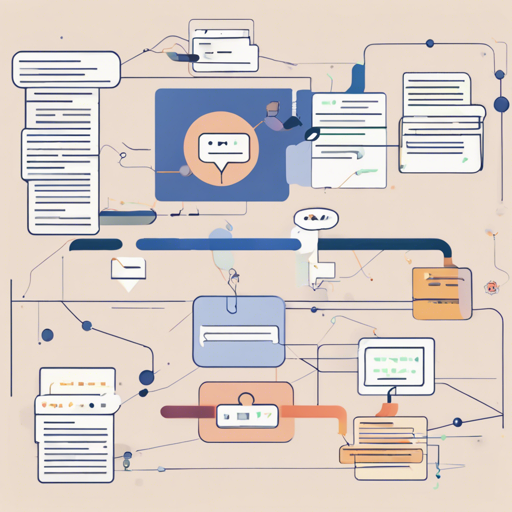Navigating the complexities of sentence boundary detection (SBD) in the legal domain can feel like venturing into uncharted waters. With the introduction of the MultiLegalSBD Dataset, crafted by Tobias Brugger, Matthias Sturmer, and Joel Niklaus, you now have the tools to conquer these trials with confidence. This user-friendly guide will walk you through the steps to harness this multilingual dataset for improving SBD in your Natural Language Processing (NLP) projects.
What is Sentence Boundary Detection?
Imagine you’re a librarian, trying to organize thousands of books. If you don’t place each book on the right shelf, it becomes a daunting task for readers to find what they need. Likewise, SBD plays a crucial role in NLP, ensuring that sentences are accurately identified, thus enabling better comprehension in applications such as legal document analysis.
The MultiLegalSBD Dataset: Your Key Tool
This dataset is not just any collection of sentences; it comprises over 130,000 annotated legal sentences in 6 different languages. This diverse assortment is like a treasure chest filled with the key documents needed to enhance multilingual legal text processing.
How to Get Started
- Download the Dataset: Access the dataset from the official publication.
- Understand the Formats: Familiarize yourself with the annotations and the dataset structure.
- Choose Your Model: Depending on your project, select from models such as CRF, BiLSTM-CRF, or transformer models.
- Preprocess Your Data: Clean and prepare your data ensuring that it adapts to the requirements of your model.
- Train Your Model: Utilize the provided code for training your chosen model on the dataset. Check out the experimental results which indicate state-of-the-art performance.
Advantages of Using MultiLegalSBD
- Access to a large, multilingual dataset specifically focused on legal documents.
- Opportunity to enhance the performance of SBD models through comprehensive training.
- Ability to leverage state-of-the-art techniques in NLP with available code and models.
Troubleshooting and Tips
If you encounter issues during your journey with the MultiLegalSBD dataset, consider the following troubleshooting ideas:
- Inconsistent Results: Ensure that the data preprocessing is aligned with the models’ input requirements.
- Performance Issues: Experiment with different model parameters and architectures to find the best fit for your data.
- Limited Language Support: Leverage multilingual capabilities by exploring the dataset annotations thoroughly.
- Model Training Errors: Review the training logs for any discrepancies or errors in your model configuration.
For more insights, updates, or to collaborate on AI development projects, stay connected with fxis.ai.
Conclusion
In a world where legal documents can be verbose and complicated, the importance of accurate sentence boundary detection cannot be overstated. With the MultiLegalSBD dataset, you have an invaluable resource at your fingertips, one that can greatly influence the quality of SBD in your NLP endeavors. At fxis.ai, we believe that such advancements are crucial for the future of AI, as they enable more comprehensive and effective solutions. Our team is continually exploring new methodologies to push the envelope in artificial intelligence, ensuring that our clients benefit from the latest technological innovations.

